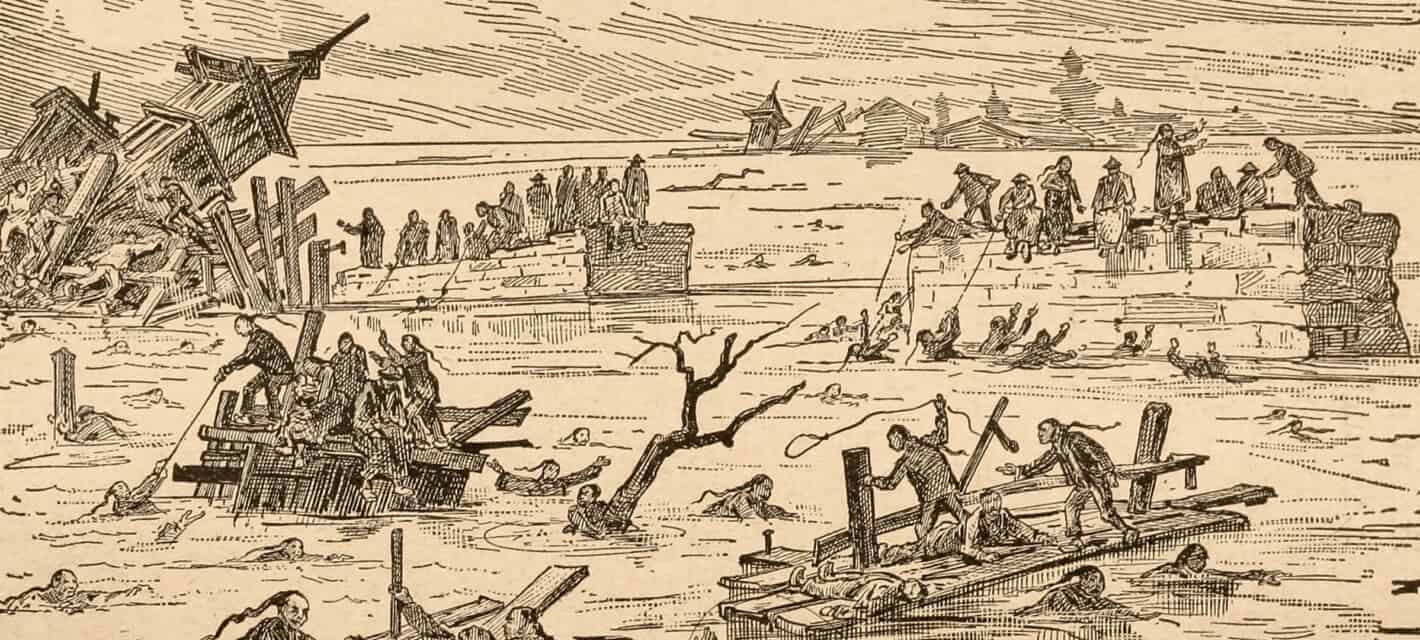When most people think of historic natural disasters, the one that usually first comes to mind is the Vesuvius volcanic eruption of 79 AD, which buried Pompeii and Herculaneum. However, famous and dramatic as that catastrophe was, Vesuvius’ eruption is not even among history’s top 20 worst natural disasters. Indeed, it is not even among history’s top ten most catastrophic volcanic eruptions. Following are forty fascinating but little-known things about some of history’s most devastating natural catastrophes.

40. Floods: The Most Dangerous of Natural Disasters
Dramatic natural disasters such as volcanic eruptions and earthquakes are usually what most grip the imaginations. The type of violent events that unleash immediate and massive amounts of mayhem in a short amount of time.
However, history’s disasters – and by a long shot at that – are a bit more prosaic. Historically, when Mother Nature has put her mind to inflicting the most suffering upon mankind, she has done so not with volcanoes or earthquakes, but with floods. Indeed, as seen below, history’s most tragic flood was caused five times the casualties as the worst recorded earthquake, and over fifty-six times as powerful as the worst volcanic eruption.

